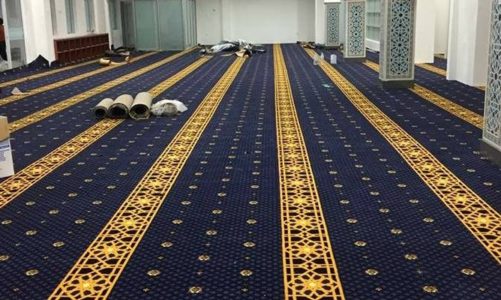The first step is that basement flooding contractors will inspect the degree of water damages in your home. Each inspection establishes a class as well as a category of water damages. Specifying the course as well as the category of water damage helps outline the most effective ways to restore your residential or commercial property.
Classes of Water Damages
- Class 1 damage consists of part of the room that has absorbed little moisture.
- Class 2 damage comes to play when an entire room gets affected and has absorbed into carpets as well as wall surfaces.
- Class 3 damage comes to play when water has taken up in the walls, saturated the most part of the location, as well as may even have reached the ceiling. Class 3 damages are considered the most awful.
- Class 4 damages call for specialty drying because of harm done to products, such as rock, hardwood, as well as concrete.
Categories of Water Damages
- Category 1 entails damages from a clean water source, such as damaged toilet storage tanks, pipes providing tidy water. Category 1 water damages can go to Category 2 or Category 3 if it rests for too long.
- Category 2 involves damage from “grey water,” such as dishwasher or washing maker water containing detergents. It may also involve water having urine from bathroom overflows.
- Category 3 involves completely unhygienic water that can easily create disease, injury, or fatality. Category 3 water originates from the river, sewage flooding, and standing water that has begun expanding germs and various other microbes.
Step 2 is water elimination. Pumps as well as vacuums are utilized to eliminate water from your home. The type of devices required relies on the extent of water damages. Water elimination begins immediately to avoid mold as well as microorganism growth.
Step 3 is drying. Nevertheless, standing water and absorbing surfaces are vacuumed, drying out as well as dehumidification starts. This step is necessary to clear any type of continuing to be dampness after water removal. The drying out process can take a number of weeks to fully complete.
Step 4 is cleaning. All personal items require to be cleaned as well as disinfected to stop unwanted mold and mildew as well as microbial growth. Apparel, carpeting as well as drape are given antimicrobial treatments. Air scrubbers may be utilized to get rid of bits as well as moisture from the air.
Step 5 is to repair. The greatest step in the process is remediation. Repair includes changing materials like drywall as well as insulation. Often this process is a very simple one, just mounting a couple of panels on drywall, while major instances might call for changing full walls. Exposure to poisonous substances like lead, as well as asbestos, is feasible during reconstruction. Older houses are most likely to contain these substances.




